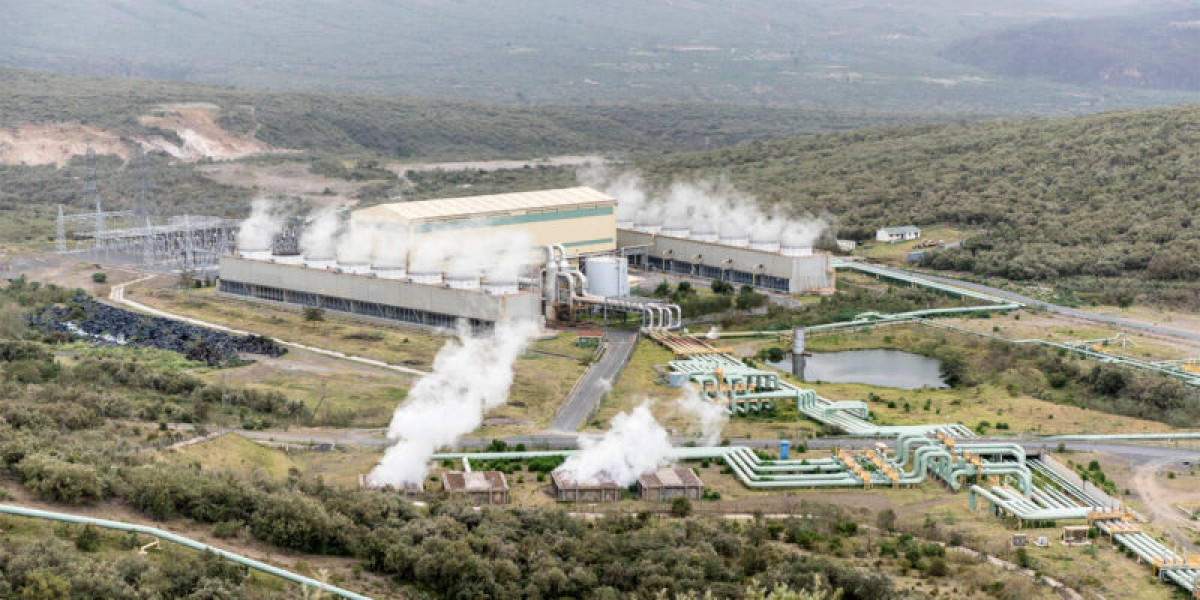Africa is poised for substantial growth in its geothermal sector, anticipating investments totaling an estimated USD 35.0 billion by 2050, according to a recent report from Rystad Energy.
The report focuses on Kenya and Ethiopia, highlighting their roles in the burgeoning East African Rift. Projections indicate that these nations will contribute approximately 90% of Africa’s anticipated 13 gigawatts of geothermal capacity by 2050.
This surge in investments positions Africa to become the third-largest geothermal power producer by 2030, surpassing Europe’s capacity. Daniel Holmedal, Senior Supply Chain Analyst at Rystad Energy, underscores the momentum in Africa’s geothermal industry and its potential to meet the continent’s growing energy demands in the coming decades. He emphasizes that announced projects demonstrate significant growth, with additional developments likely driven by economic and demand considerations.
The notable success of Kenya’s Olkaria Geothermal Power Station exemplifies this trend. As the continent’s largest facility with a capacity of 750 megawatts, Olkaria contributes 51% to Kenya’s total installed capacity. Comprising four geothermal plants (Olkaria I-IV), the facility harnesses steam from wells drilled 3,000 meters deep into the geothermal resources of the East African Rift.
Building on Olkaria’s achievements, Kenya’s Geothermal Development Company is actively leading several new projects, including the 465-megawatt Menengai Geothermal Project, the 750-megawatt Suswa Geothermal Project, and the Baringo-Silali Geothermal Project currently undergoing drilling.
Meanwhile, Ethiopia is making notable strides in the geothermal sector with the 7.3-megawatt Aluto-Langano Geothermal Power Station, signaling the start of its ambitious geothermal journey. The Ethiopian government aims to achieve a substantial 35,000 megawatts of installed capacity by 2050, with 17 geothermal projects in progress, including Tulu Moye, Aluto-Langano, and Corbetti Geothermal Power Stations.
The combined efforts of Ethiopia and Kenya are poised to revolutionize Africa’s energy landscape. By 2050, these two nations are expected to supply a combined 222 terawatt-hours of geothermal power, a significant increase from the current capacity of 34 terawatt-hours. This growth underscores Africa’s potential in geothermal energy and its commitment to sustainable and renewable sources.
The geothermal sector in Africa is experiencing a renaissance, with Kenya and Ethiopia leading the way. The continent is not only addressing its energy needs but is also establishing itself as a global example in the utilization of renewable energy. Fueled by substantial investments and strategic advancements, Africa is anticipated to emerge as a major global energy hub by 2050.

















